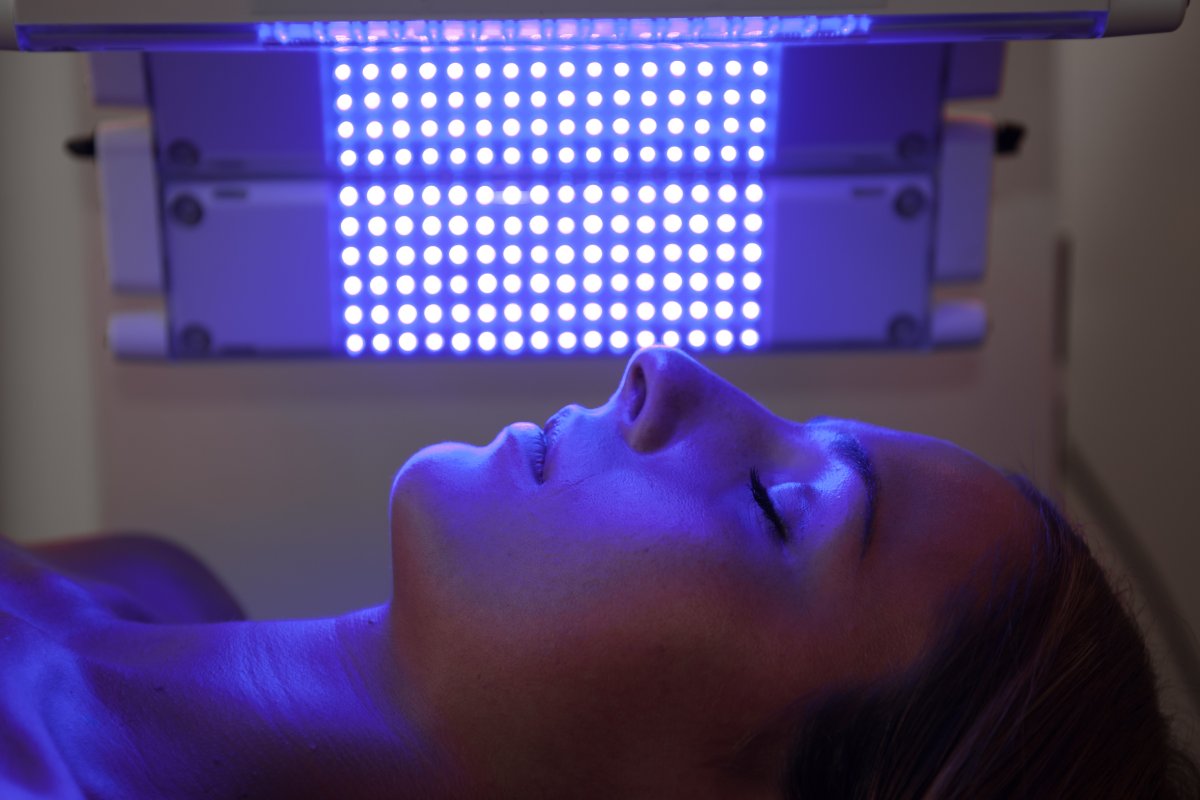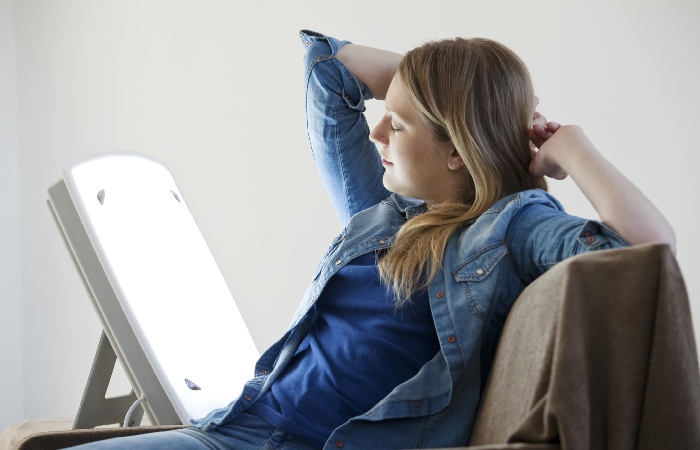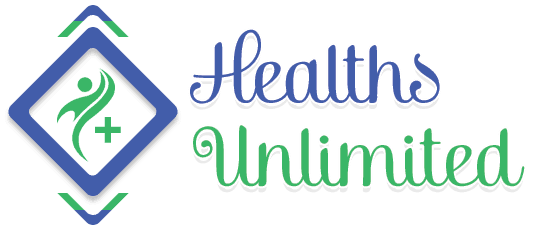
5 Disorders And Conditions That Light Therapy Can Help Alleviate
 5 Disorders And Conditions That Light Therapy Can Help Alleviate : Light therapy or phototherapy is a treatment that involves exposure to different sources of light such as fluorescent light bulbs, light-emitting diodes (LEDs,) or halogen lights to help treat or alleviate certain medical conditions. The therapy works by compensat for the lack of sunlight exposure that’s believed to be linked to several disorders and medical conditions, especially those with seasonal patterns.
5 Disorders And Conditions That Light Therapy Can Help Alleviate : Light therapy or phototherapy is a treatment that involves exposure to different sources of light such as fluorescent light bulbs, light-emitting diodes (LEDs,) or halogen lights to help treat or alleviate certain medical conditions. The therapy works by compensat for the lack of sunlight exposure that’s believed to be linked to several disorders and medical conditions, especially those with seasonal patterns.
With the light source mimicking natural sunlight, phototherapy is believed to be effective by naturally triggering serotonin release in the brain. Serotonin is a brain chemical that modulates learning, cognition, mood, memory, and other physiological functions. So if you want to feel good or have a better mood, light therapy might work for you. Other than that, though, are you interested to know what other disorders and conditions may be alleviated with the help of this treatment? If so, read on for additional info.
Table of Contents
Light Therapy For A Variety Of Medical Conditions
The use of artificial light sources as medical treatment started with the founder of modern phototherapy, Niels Ryberg Finsen. He used ultraviolet radiation and sunlight to treat lupus vulgaris, a skin condition marked by scarring and red-brown papules or nodules with ulceration.
Since then, different techniques involving light therapy have been developed, refined, and used in the medical field to help alleviate disorders and conditions, including the following:
1. Seasonal Affective Disorder
Seasonal affective disorder (SAD) or seasonal depression is a type of depression triggered by changes in seasons that usually begin in the fall until the end of winter. Others may think of it as the seasonal ‘winter blues’ that are usually ignored. The disorder is said to make you feel moody and less energetic.
Light therapy may be able to help with SAD by using a specially designed box called a light therapy box that makes use of soft light mimicking natural sunlight. Sessions usually last from 10 to 15 minutes, although it still depends on the strength of the light source and how well you respond to the treatment.
2. Skin Disorders
Phototherapy can help in treating certain skin disorders such as vitiligo, psoriasis, and eczema. The treatment makes use of ultraviolet (UV) light that could help in reducing inflammation while slowing down the production and growth of skin cells.
There are different kinds of light being used in phototherapy treatments for skin disorders. They are:
- Ultraviolet A (UVA): UVA rays have higher wavelengths than UV rays and are often used for treating psoriasis, vitiligo, and cutaneous T-cell lymphoma.
- Ultraviolet B (UVB): Like UVA, UVB can help in soothing itchy skin and calming inflammation. The treatment makes use of full-spectrum UVB radiation and can be used for skin conditions like psoriasis and eczema.
UVB is classified into two types: narrowband UVB and broadband UVB. Narrowband UVB is more intense than the broadband type and is used by dermatologists.
3. Jaundice In Babies
The phototherapy treatment used for treating babies with jaundice involves blue-green rays that can be emitted using fluorescent lamp lights or halogen spotlights. Blue-green light rays are known to help in reducing bilirubin levels in newborn babies. Bilirubin is a substance in the blood that causes jaundice by making the eyes or skin turn yellow.
What the therapy does is break up the substance into smaller bits until the baby’s skin or body is able to process and absorb it. For preterm babies, the treatment could involve the use of fiberoptic blankets—also called ‘biliblankets’—that beam blue light onto the body and back of the newborn baby.
4. Sleep Disorders
Light therapy is also used in treating sleep disorders, specifically those link to circadian rhythm disruption such as delayed sleep phase syndrome (DSPS). The treatment could help in shifting the body to normal sleeping times and patterns.
It’s highly recommended to consult with your doctor or sleep specialist if you plan on utilizing light therapy for your sleep disorder. This is because the right time to be exposed to the light is extremely important and may only be determined with the help of health care professional.
5. Other Mood Disorders
Aside from SAD, light therapy may be useful in alleviating other major depressive disorders such as depression and bipolar disorder. Exposure to bright light is consider helpful in preventing or treating episodes of depression, especially if you find it difficult to tolerate medications. You can try light therapy to improve mental health, in combination with other changes in your lifestyle such as working out.
Conclusion
Phototherapy or light therapy can be a great option when trying to alleviate or treat several medical conditions and disorders. It may be able to help with SAD, depression, bipolar disorder, sleep disorders, skin disorders, and jaundice in babies. However, as with any other medical treatment, it’s always best to consult with a doctor first before trying anything. This is to ensure that you’re using the treatment correctly and to know how you can get the most out of it.


